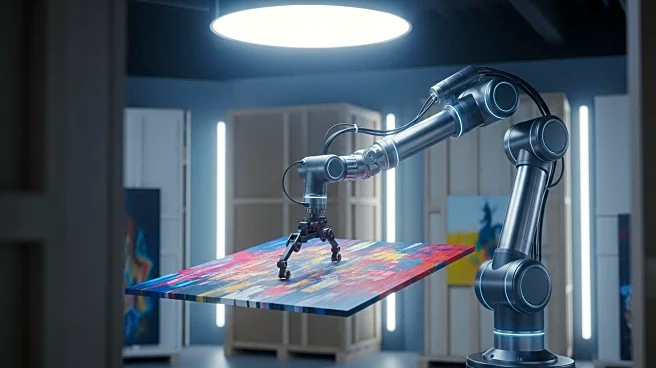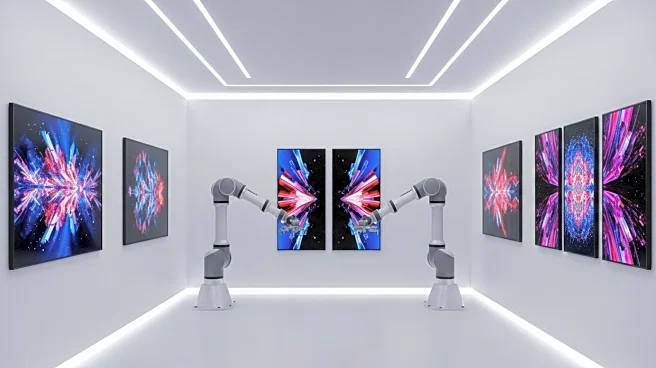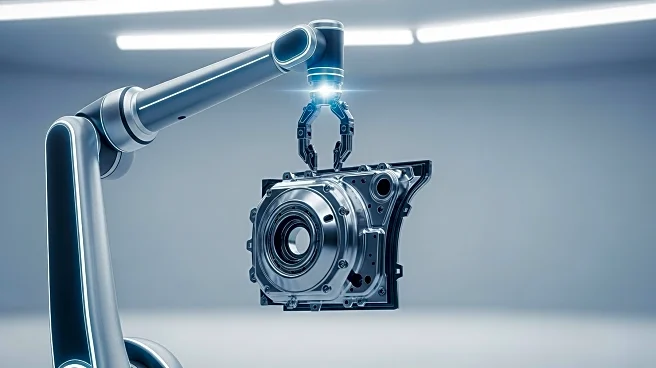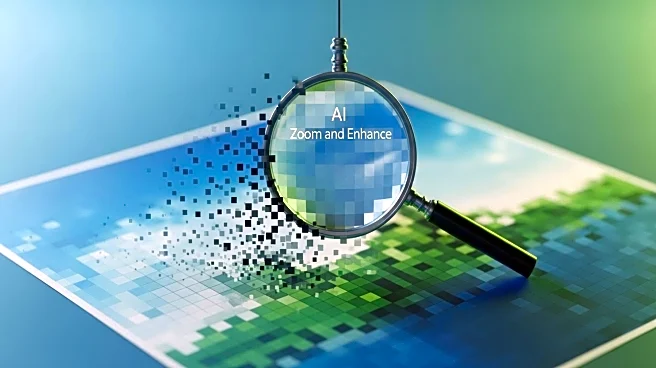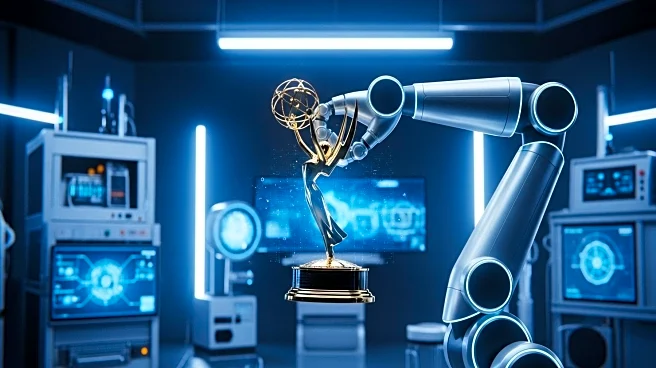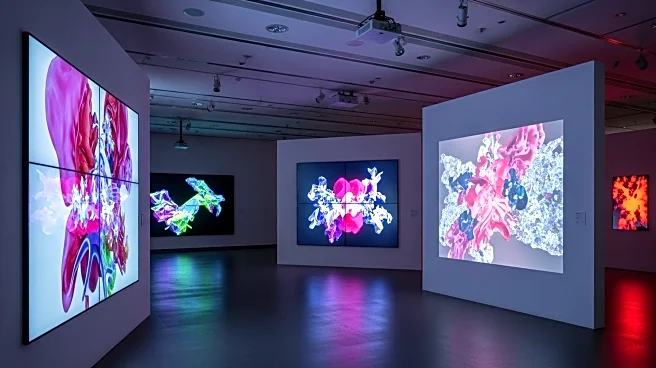What's Happening?
The art market is experiencing a significant shift as artificial intelligence (AI) begins to transform its logistical and administrative processes. While AI's potential in creating new aesthetics is often discussed, its real impact lies in streamlining operations such as insurance automation, provenance checks, and shipping route optimization. These innovations aim to reduce friction in transactions, potentially increasing market turnover from 3.4% to 4.4%, which could unlock billions in additional revenue. The art market, traditionally resistant to technological change, is now poised to benefit from AI's ability to enhance efficiency and profitability across various back-office functions.
Why It's Important?
The integration of AI into the art market's logistics and administrative tasks is crucial for its economic growth. By automating and optimizing these processes, AI can increase liquidity and market activity, benefiting auctioneers, collectors, and the broader creative ecosystem. This shift could democratize access to art, making transactions more transparent and efficient, thus attracting a new generation of digital-savvy buyers. The art market's reputation for opacity and exclusivity may be challenged, fostering an environment of trust and expanding its reach. As AI enhances data accuracy and operational efficiency, it could redefine the art market's traditional business models.
What's Next?
The art market must embrace AI-driven systems to modernize its operations. Established players, such as auction houses and galleries, need to adopt integrated, data-driven approaches to remain competitive. This involves updating IT infrastructures and fostering leadership that values innovation over tradition. Additionally, attracting tech talent with AI expertise is essential to bridge the gap between technology and culture. The sector must also focus on interoperability and open APIs to ensure seamless digital connections among stakeholders. By doing so, the art market can align with contemporary client expectations and enhance its cultural allure.
Beyond the Headlines
AI's role in the art market extends beyond logistics, offering a chance to redefine the industry's cultural and ethical dimensions. By providing reliable data and transparency, AI can help the market shed its reputation for exclusivity, promoting inclusivity and fairness. This transformation could democratize art access, allowing both seasoned collectors and newcomers to engage confidently. As AI aligns with the timeless allure of human creativity, it enhances the art market's mystique rather than diminishing it, ensuring its relevance in the digital age.
